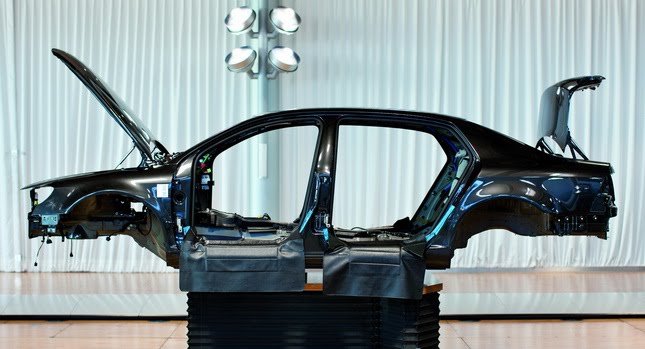Parts and platform sharing has been a common practice in big automotive groups. Volkswagen, which has been pioneering this method among its brands since the early ‘90s, has mastered the art. Still, there is always room for improvement…
The VW Group wants to push the envelope further with a much broader parts sharing program among the various brands and models in its empire, starting with the new Audi A3 that will be launched in 2012.
The third generation of Audi’s premium C-segment model will kick off VW Group’s new strategy of using a standardized set of components, from steering columns to complete platforms, in cars manufactured by VW, Audi, Seat and Skoda.
The plan will be implemented from 2012, initially at the German plants of Wolfsburg, Ingolstadt and Zwickau. It calls for more than 40 small and mid-sized models to be based on the same sets of parts, which will account for a sales volume of around 3.5 million units.
This will be made possible by the group’s new, more flexible platforms that will accommodate models of different exterior dimensions.
VW expects that by applying its new strategy it will save up to €5 billion (US$6.5 billion) annually by 2016, reduce production costs by 20 percent and speed up assembly times by 30 percent.
“The parts-sharing program is a very big lever to improve profitability that other companies don’t make use of because of the complexity”, said Juergen Pieper, an analyst at Frankfurt-based Bankhaus Metzler. “Without this cost-cutting program, margins wouldn’t likely rise from this year’s peak.”
Hubert Waltl, VW’s production chief, acknowledges the risks that come with this practice, as Toyota found out to its detriment during the massive 2010 recall campaign: “Risks exist when you undertake far-reaching improvements”, he said, “but the implementation process is manageable.”
Story References: Bloomberg News
PHOTO GALLERY









